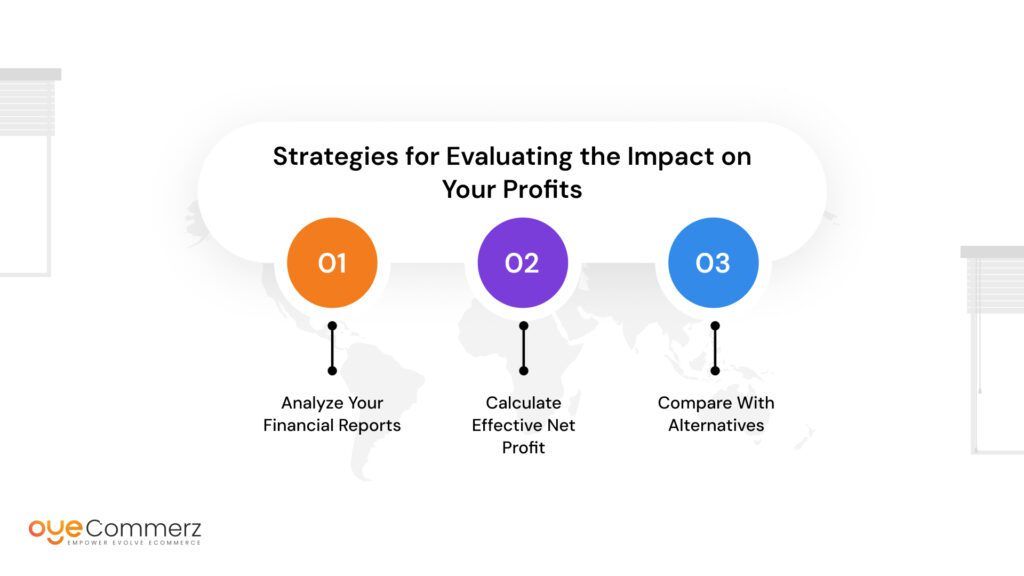In today's online landscape, selecting the appropriate e-commerce platform is essential for business growth. If you're presently using Wix but thinking about a switch to Shopify, you are in good company. Many companies are migrating to Shopify to leverage its robust capabilities, scalability, and specialized e-commerce tools. This article will outline the migration process, guaranteeing a seamless move and setting you up for e-commerce achievement.
Why Switch from Wix to Shopify?
Before exploring the migration process, it's important to recognize why Shopify might be a superior fit for your e-commerce requirements:
- E-commerce Focus: In contrast to Wix, which caters to multiple use cases, Shopify is designed exclusively for e-commerce, providing sophisticated tools and features optimized for online selling.
- Growth Potential: As your business grows, Shopify can seamlessly accommodate higher traffic and sales capacity without compromising efficiency.
- Wide-ranging App Ecosystem: Shopify provides a vast library of apps that can boost your store's functionality, from marketing tools to stock control solutions.
- Search Engine Optimization: Shopify provides better SEO tools, which can assist in improving your store’s presence on search engines.
- Payment Options: With multiple payment gateways available, including Shopify Payments, you can provide shoppers a variety of options.
Getting Ready for Migration
To ensure a trouble-free migration from Wix to Shopify, follow these preparatory guidelines:
1. Save Your Information
Export all your data from Wix, including item information, customer information, and order history. This process is vital as it ensures you have a copy of all data before initiating the transfer.
2. Choose Your Shopify Plan
Evaluate the various Shopify subscriptions available and select one that aligns with your Tools for e-commerce growth company’s needs. Consider factors such as costs, built-in tools, and scalability options.
3. Set Up Your Shopify Account
Register your Shopify profile and explore the platform’s dashboard and features.
The Transition Process
Now that you are ready, it’s time to migrate your store from Wix to Shopify. Here’s how:
1. Import Products
Use Shopify's built-in migration utility or external tools like Cart2Cart or LitExtension to transfer your products from Wix to Shopify.
Ensure that product descriptions, pictures, costs, and options are correctly transferred.
2. Transfer Customer Data
Import customer information such as names and email addresses into your new Shopify store. This process is critical for retaining client connections and advertising strategies.
3. Set Up Payment Gateways
Configure payment gateways in your Shopify store to ensure smooth transactions. You can choose from various platforms like debit methods, copyright, and more.
4. Personalize Your Store Design
Select a design that reflects your business image. Modify it using Shopify's customization options to create an appealing and intuitive store layout.
5. Search Engine Optimization
Apply SEO strategies during the transition process:
- Configure 301 redirects from old Wix URLs to new SEO optimization Shopify URLs.
- Optimize product titles, descriptions, and images with relevant keywords.
- Update meta tags and alt texts for better search engine visibility.
Post-Migration Steps
Once your store is live on Shopify, consider these post-migration steps:
1. Check Your Website
Perform comprehensive testing of your new store:
- Verify item listings for correctness.
- Verify payment processes.
- Make sure all links work correctly.
2. Launch Marketing Campaigns
Announce your new store launch through email newsletters and social media channels.
Consider offering special offers or sales to draw customers.
3. Monitor Performance
Use analytics tools within Shopify to track revenue growth and user activity.
Modify your strategies based on performance analytics.
Conclusion
Migrating from Wix to Shopify can significantly enhance your e-commerce capabilities and lay the foundation for growth and achievement. By adhering to this guide and taking a systematic approach to the migration process, you can ensure a smooth move that minimizes downtime and maximizes opportunities for sales. Welcome the change and see your online store thrive on its new platform!
